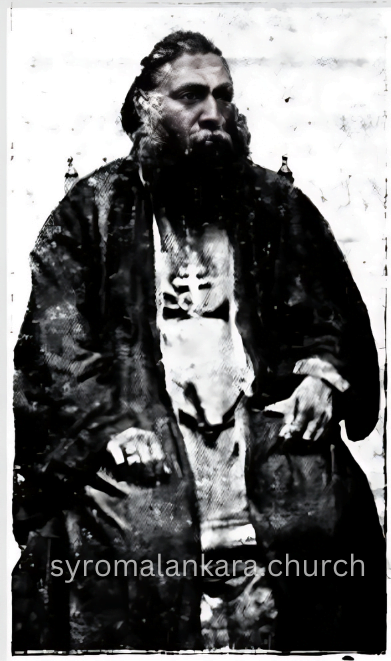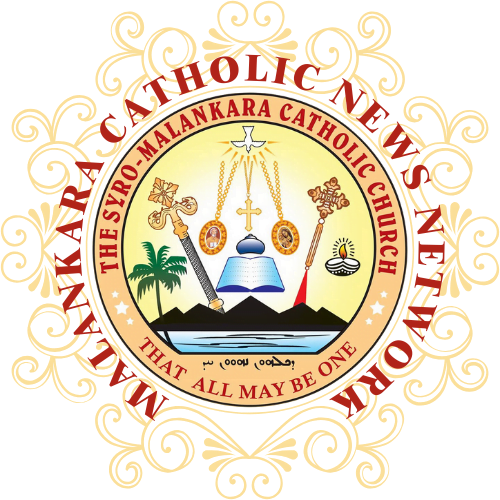Niranam – 1 May 2025
A century ago, in the quiet precincts of St. Mary’s Church, Niranam, the Holy Spirit whispered through the hands of three bishops. On 1 May 1925, a monk named Geevarghese of Bethany was consecrated as a bishop. No bells tolled. No thunder cracked the skies. And yet, that moment would become one of the most daring and consequential in the history of the Malankara Church. The man consecrated that day would become Venerable Archbishop Geevarghese Mar Ivanios, the pioneer of the Malankara Catholic reunion.
Today, as the Syro-Malankara Catholic Church commemorates the centenary of that momentous episcopal ordination, we do so not with pride alone, but with profound thanksgiving.
Across the Malankara Catholic Church—whether in remote village parishes or urban cathedrals—the faithful came together in prayerful remembrance, offering Holy Qurbono in honour of Venerable Mar Ivanios, marking the day with a sense of interior solemnity rather than external festivity. It was a moment not for grandeur, but for gratitude—a simple milestone made sacred through the Eucharist.
A Church That Remembers in Prayer
On 30 April 2025, the centenary commemorations began with Evening Prayer and Incense Adoration at St. Mary’s Malankara Syrian Catholic Church, Niranam-Alumthuruthy, the very sanctuary that witnessed Mar Ivanios’ consecration. His Excellency Most Rev. Dr. Thomas Mor Koorilos, Metropolitan Archbishop of Tiruvalla, and His Excellency Most Rev. Dr. Thomas Mor Anthonios OIC, Bishop of St. John Chrysostom Eparchy in Gurgaon, led the liturgical prayers. The sacred silence that permeated the gathering echoed the memory of that first quiet consecration—a night before a new ecclesial dawn.
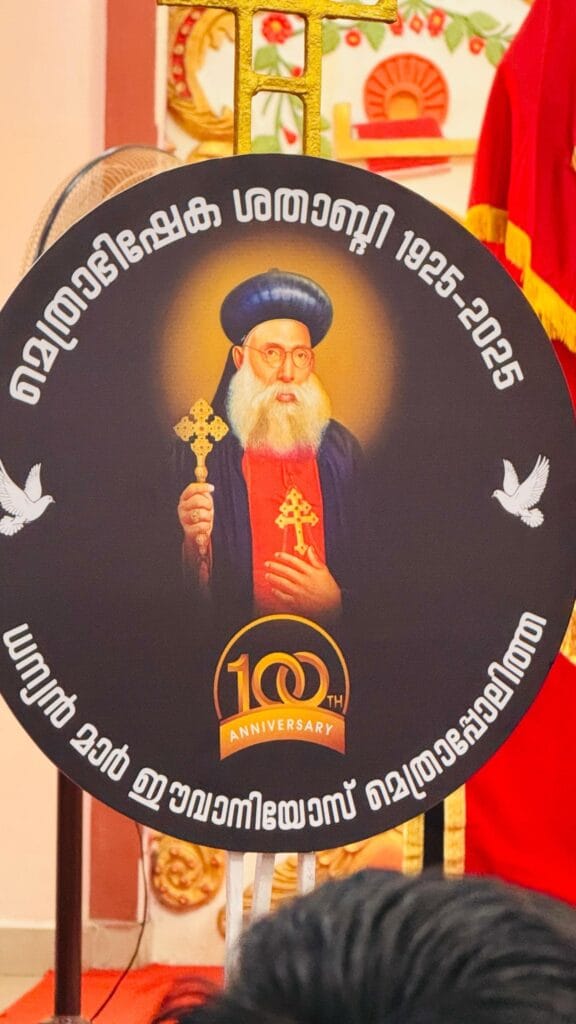
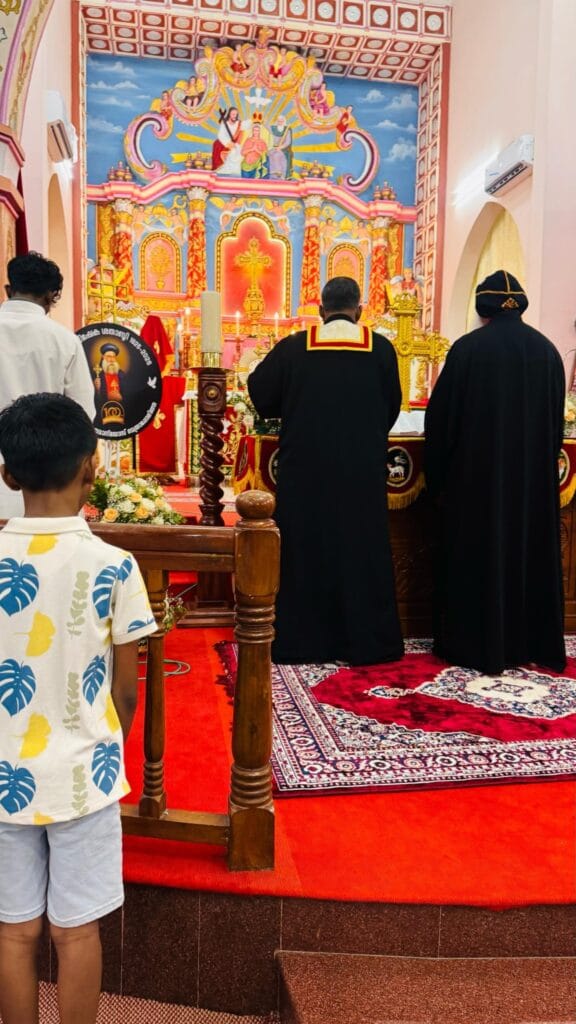
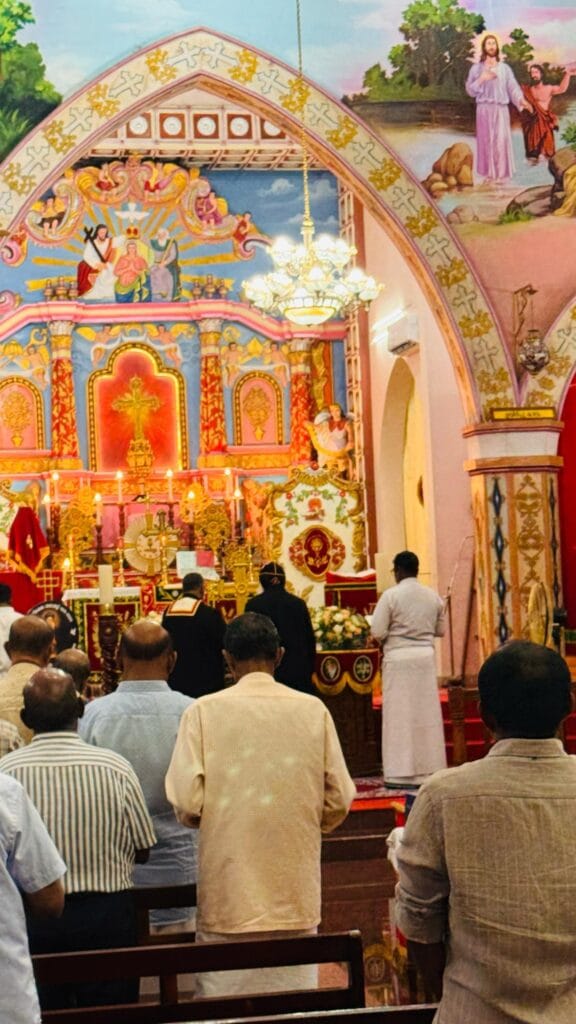
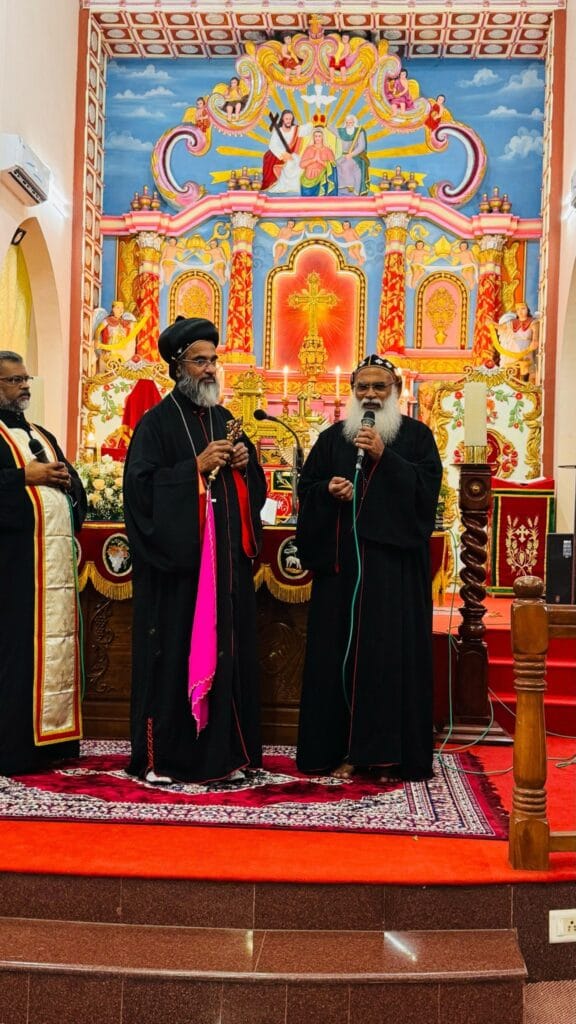
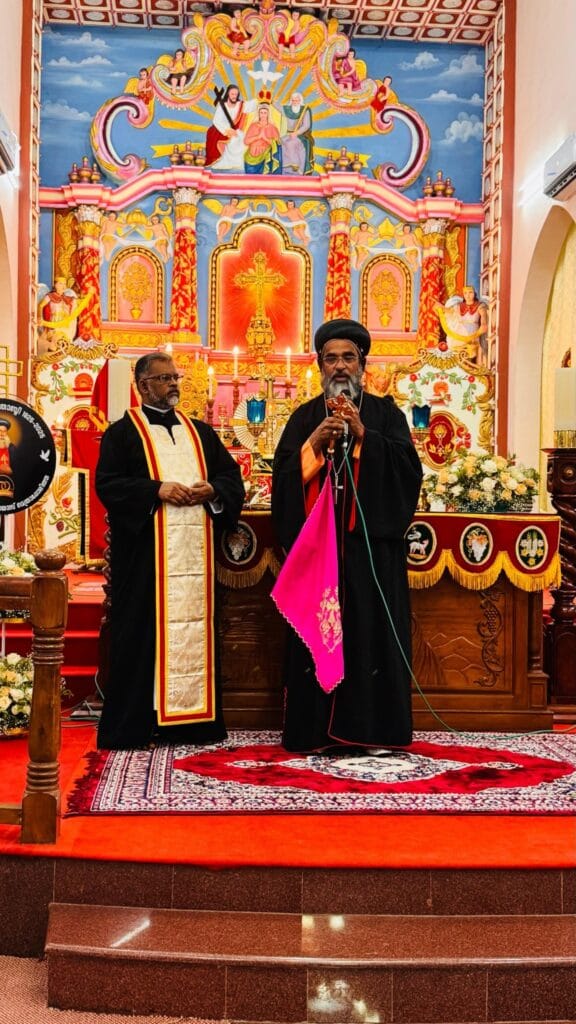
On 1 May 2025, the liturgical day began at 8:30 AM with a Mathru Samajam conference, followed by a commemorative class on Mar Ivanios led by the Bethany Sisters, and the Holy Qurbono celebrated in the very sanctuary where the bishopric of Mar Ivanios began. A public meeting followed, steeped in ecclesial thanksgiving.
Present on the day were His Excellency Most Rev. Dr. Joshua Mor Ignathios, Bishop of Mavelikara, and His Excellency Most Rev. Yoohanon Mor Chrysostom, Bishop Emeritus of Pathanamthitta. Their presence reminded us of the apostolic succession that has carried forward the flame first lit in 1925.
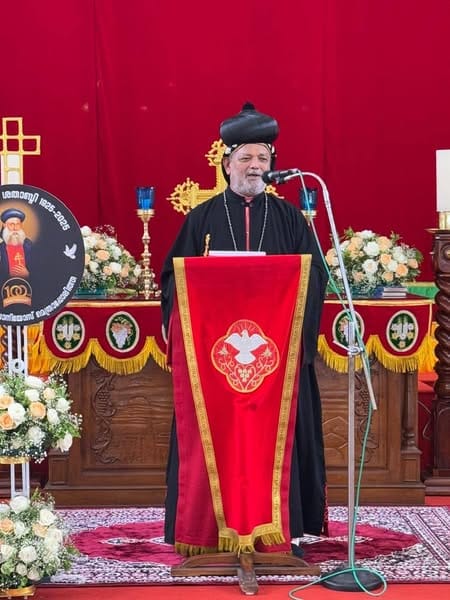
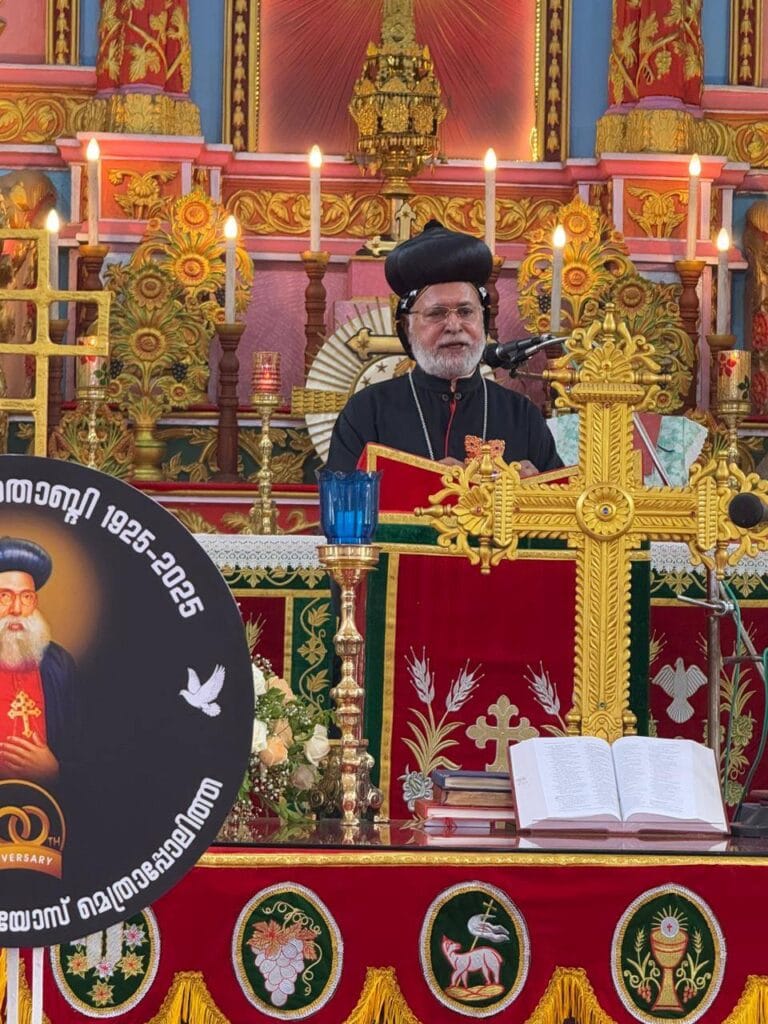
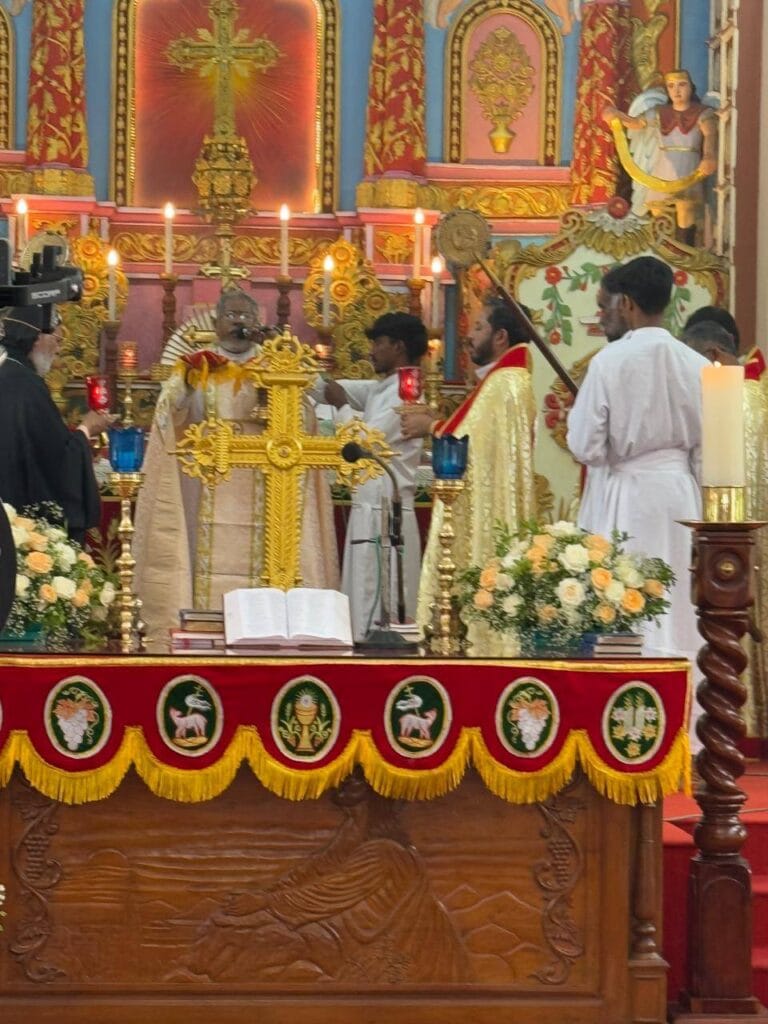
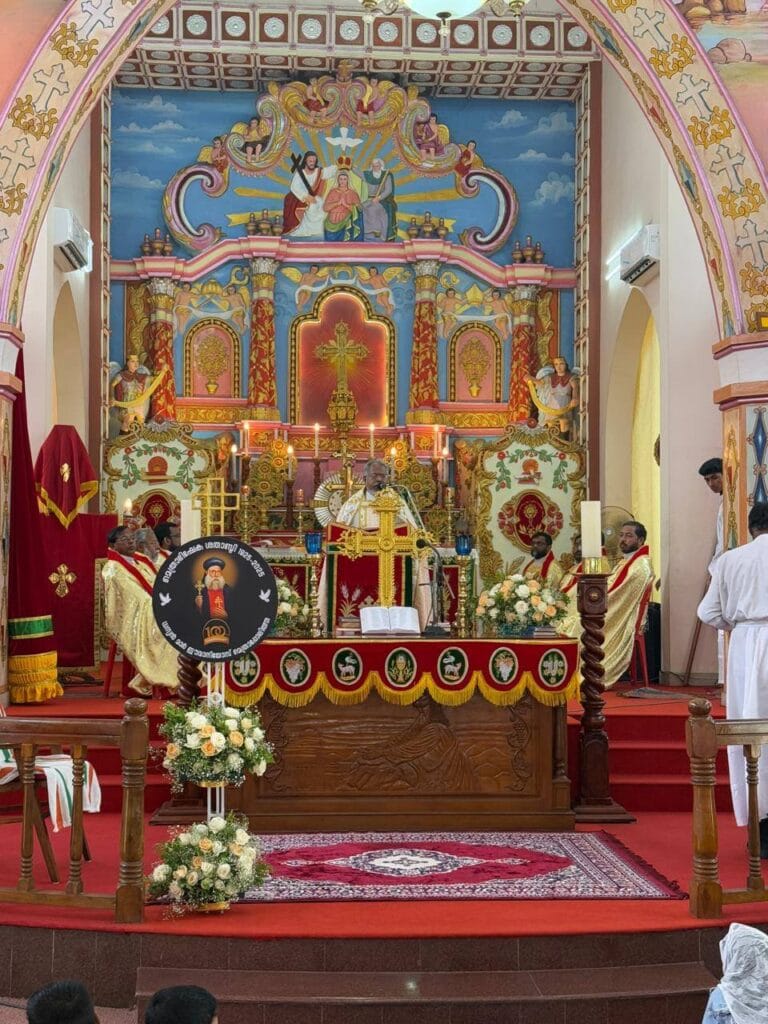
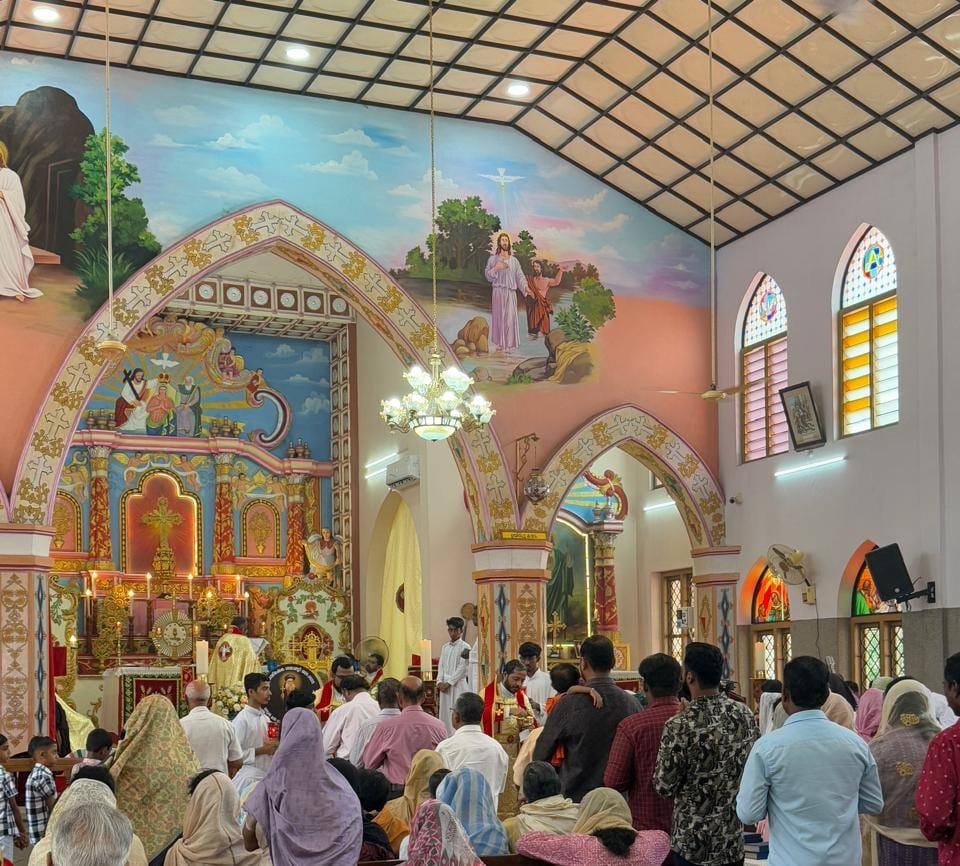
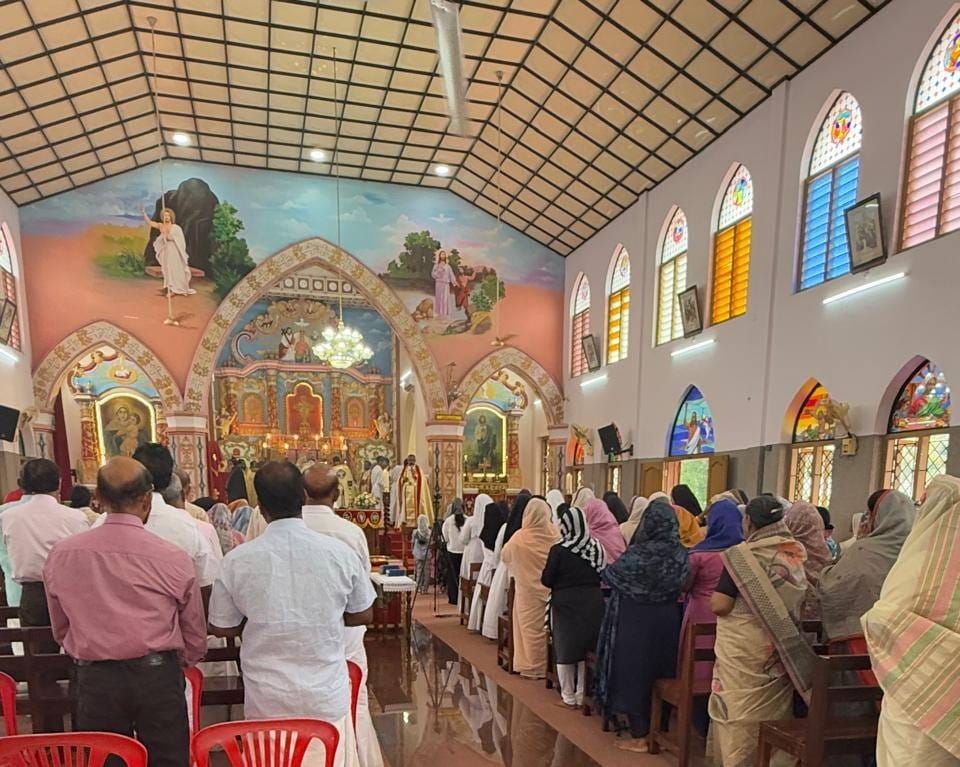
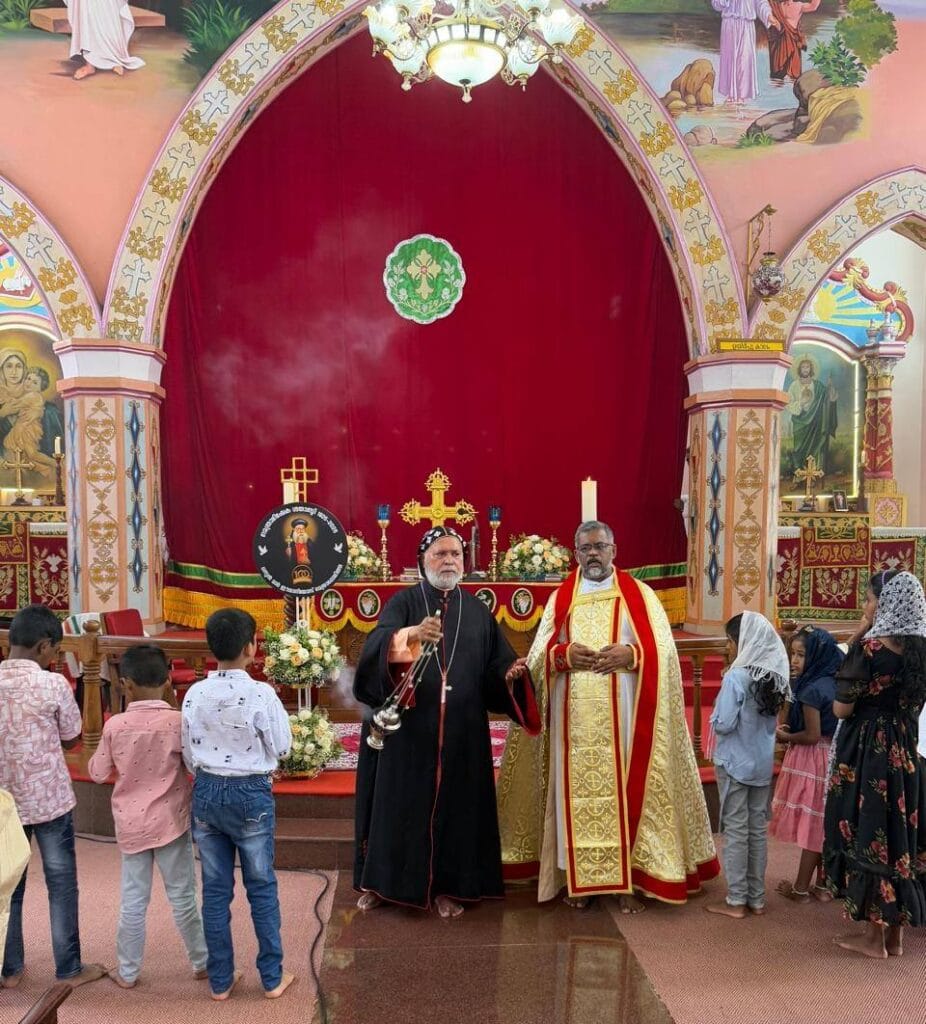
A Vision That Refused to Fragment
The voice of Mar Ivanios was not one of institutional ambition but of ecclesial unity. He did not merely seek communion with the Holy See; he sought a Church healed from the inside. His vision for unity was not the patchwork of diplomacy but the embroidery of truth—difficult, piercing, and luminous. Unity, for him, was not a strategy. It was a mandate from the Gospel, as integral as the command to love one another.
During the felicitation that followed his ordination in 1925, Mar Ivanios proclaimed with startling clarity that the fragmented Christian witness in India—especially within the St. Thomas Christian tradition—was an obstacle to the Gospel. His dream was that all the Churches of Malankara, in their ancient liturgical glory, would be one in communion with the Universal Church.
He would go on to found a monastic tradition rooted in Eastern asceticism but open to apostolic mission. The Bethany Ashram and Bethany Madhom would become the seedbed of his reforms, with clergy, religious, and laity drawn into an ecclesial movement that was as theological as it was sacrificial.
From Isolation to Integration
In an age when many saw division as inevitable and litigation as natural, Mar Ivanios chose the harder path: reconciliation. At a time when ecclesiastical divisions were deepening, he perceived an opportunity—however painful—for healing. That healing would take the form of the Malankara Catholic Reunion Movement of 1930, which continues to be regarded by historians and theologians alike as one of the most consequential ecclesial events in Eastern Christianity during the 20th century.
Through the reunion, the Syro-Malankara Catholic Church emerged: an autonomous Church sui iuris, retaining the West Syriac liturgical tradition, governed by its own Holy Synod, and today led by His Eminent Beatitude Cardinal Moran Mor Baselios Cleemis Catholicos—himself a Cardinal Elector in the forthcoming papal conclave.
A Century of Ecclesial Fruitfulness
In a time when synodality is again at the heart of the Catholic imagination, we rediscover in Mar Ivanios a prophet who anticipated the language and logic of Vatican II. His episcopacy called all—bishops, priests, religious, and laity—to a shared responsibility. He insisted that women too be trained as evangelisers—a radical notion at the time.
This was no mere sociological agenda, but a theological conviction that the Holy Spirit moves where charity abounds and obedience flourishes. His emphasis on religious life, particularly monastic renewal, was seen as the key to interior sanctification and ecclesial regeneration.
From Niranam to Rome
Today, a century since that consecration, the Syro-Malankara Catholic Church stands as a fully recognised Major Archiepiscopal Church with its own Canon Law and ecclesiastical structures. Rome did not impose this status—it recognised what Mar Ivanios had already envisioned.
In his successor, Cardinal Baselios Cleemis Catholicos, we see continuity. That the Catholicos of the Syro-Malankara Catholic Church now sits in the College of Cardinals, participating in the election of the 267th Pope, is no accident. It is divine handwriting that began with a monk at Bethany and a consecration in Niranam.
The Signature of Providence
The article rightly observes that Venerable Mar Ivanios’ canonisation cause has progressed through several phases, and he now bears the title “Venerable” following the declaration by the late His Holiness Pope Francis. The upcoming Mar Ivanios Day celebration on 15 July 2025 will mark not only a liturgical commemoration but also the culmination of the Centenary Year of Episcopal Ordination.
Mar Ivanios did not leave us merely memories. He left us a Church—strong in identity, humble in posture, and clear in mission. He showed us that reconciliation is never a soft option; it is the Cross. And that unity, when done rightly, is not compromise but completeness.
May his memory inspire us, and may the altar at Niranam forever remind the Malankara faithful of that strange and splendid day when a new era began—with no applause, but with the whispered assurance of heaven.
